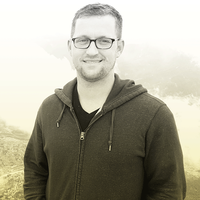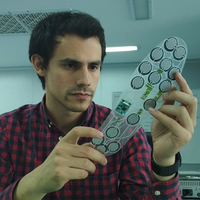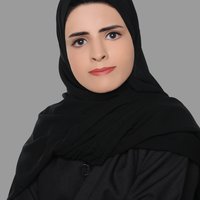Biotechnology & medicine
Shinjini Kundu
Medical images are so detailed it can be hard to decipher them. Her program can spot what people can’t.

Latin America
Eric Dijkhuis
Thanks to 3D printing, his NGO manufactures low-cost prosthetics and tools for people with amputated limbs

Global
Will McLean
Hearing loss in humans has always been irreversible. His innovation may change that.

Latin America
Facundo Noya
His smart insole prevents amputations by detecting the appearance of wounds and ulcers on the feet of diabetic people

MENA
Sadeem Al Marri
Created a 3D printed robotic hand that translates Arabic texts.
